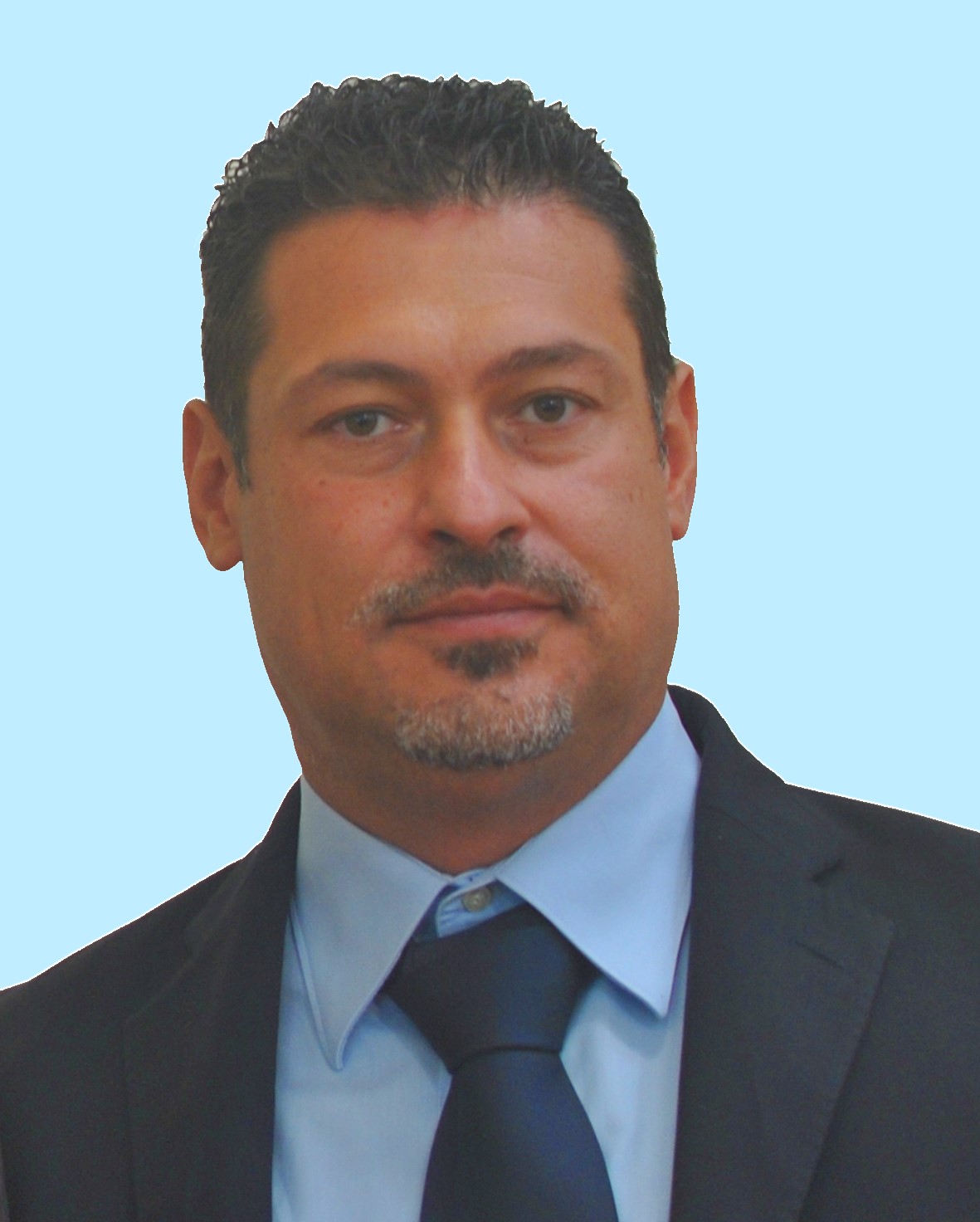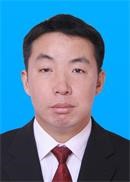当前位置:主页 > Keynote Speakers/主讲嘉宾

Prof. Giuseppe Carbone, University of Calabria, Italy
Research Area: Robotics and Mechatronics
Brief Introduction:
Prof. Giuseppe Carbone has been Visiting Professor at Humanoid Robotics Institute (Waseda University, Japan), Dept. of Mechanical Engineering (University Carlos III Madrid, Spain), Beijing Institute of Aeronautics and Astronautics (Beihang University, Beijing, China), GMSC Department, Pprime Institute (University of Poitiers, France). Currently, he is Chair of IFToMM TC on Robotics and Mechatronics, Member of the Board of Directors of the International Society of Bionics and Biomechanics, Member of the executive board of IFToMM Italy. His research interests cover aspects of Mechanics of Manipulation and Grasp, Mechanics of Robots, Engineering Design with over 300 research paper outputs. He has been principal investigator (PI) or co-PI of more than 20 projects including 7th European Framework and H2020 funds.
Title: Solutions on Assistive Robotics
Abstract: The aging of population and decline of NHS resources in Europe is opening new problems in healthcare that might be conveniently addressed with robotics solutions, in a near future. AGEWELL project aims to provide a viable solution of the (sub)acute therapy for stroke patients. The implementation team aims to deliver a solution that can be extended towards robotic assisted rehabilitation in different phases of the post-stroke therapy/rehabilitation as well as an exercise/training devices for healthy aging of the elderly population. Some proposed solutions are be outlined as referring to LAWEX, ASPIRE, and PaRReX patent pending designs. The structure of LAWEX is a non-conventional cable-driven open architecture, which allows accessibility of patients under treatment. Using wristbands, cables are connected to the end-effector which covers the limb to be trained. ASPIRE is a spherical parallel architecture intended for shoulder assistance as it can perform multiple feasible shoulder motion ranges. PaRRex can be seen as a wearable exoskeleton with modular structure, consisting of two parallel modules, one for the forearm mobilization (elbow flexion) and the pronation/supination, the second parallel module is designed to mobilize the wrist (flexion/extension and abduction/ adduction).
Assoc. Prof. Maher Abdelghani, University of Sousse, Tunisia
Research Area:Model- based Monitoring and Diagnostics of Machines and Structures; Fault Detection and Isolation of Linear Systems; Stochastic vibration analysis of structures and machines; Linear System Identification; Analytical and Experimental Modal Analysis; Time Series Modelling and Analysis; Statistical Signal Processing
Brief Introduction:
Maher Abdelghani is Associate Professor at University of Sousse, Tunisia. May 1998, he is reviewer of ASME “Journal of Dynamic Systems Measurements and Control”, Journal of Intelligent Materiel Systems and Structures, Journal “Mechanical Systems and Signal Processing”, Journal of Structural Health Monitoring, IFAC “Safeprocess” conference, Applied Acoustics, Journal of Shock and Vibration, Journal of Vibration and Control.
Title: Mode by Mode Stochastic System Identification: Application to Operational Modal Analysis (OMA)
Abstract: Operational modal analysis (OMA) is a good complement to more traditional modal analysis where the structure is properly installed in a laboratory and excited under well controlled conditions. For structures under operating conditions the excitation is unknown, complex in nature and may be non-stationary. Examples are Offshore structures under swell, aircrafts under turbulence, etc. Output only measurements are available. Several algorithms have been proposed to extract the eigenstructure such as the Natural Excitation Technique (NeXT), ARMA models, stochastic realization algorithms (BR, CVA, ) and the Stochastic Subspace Identification Algorithm (SSI). Although these algorithm provide a solution theoretically, the practical use need some precaution. Spurious modes, numerical modes; harmonics, model reduction, etc makes identification in practice difficult. Stability diagrams are often used. We propose here a new algorithm (SMA) that appropriates the modes mode by mode hence avoiding the beore mentioned problems. This algorithm is equivalent in nature to Ground Vibration Testing (GVT) although the modal parameters are identified in a single step. SMA will be validated on a firearm suppressor as well as on a plate with a motor.
Assoc. Prof. Haoyu Wang, School of Information Science and Technology, ShanghaiTech University, China
Research Area: Power Electronics, Electric Vehicles
Brief Introduction:
Dr. Haoyu Wang is an associate professor with tenure at ShanghaiTech University. He directs the Power Electronics And Renewable Energies Lab (PEARL) at ShanghaiTech. Dr. Wang received his bachelor's degree in electrical engineering and distinguished honor degree in Mixed Class at Chu Kochen Honors College, from Zhejiang University in Hangzhou, China. He received his master's and Ph.D. degrees both in electrical engineering from the University of Maryland, College Park, MD, USA. He joined the School of Information Science and Technology at ShanghaiTech University as a tenure-track assistant professor in September 2014. He received the Outstanding Bachelor's Thesis Award from Zhejiang University, Hangzhou, China and the Distinguished Dissertation Fellowship from the Electrical and Computer Engineering Department at the University of Maryland, College Park, MD, USA.
Title: Conductive charging of electrified vehicles: challenges and opportunities
Abstract: The transportation sector consumes approximately 28% of the total energy consumption. The most prominent sustainable solution to profoundly reduce both oil consumption and greenhouse gas emissions lies in grid-enabled electric vehicles (EVs). These vehicles are propelled either partially or fully by electricity through energy storage systems such as electrochemical batteries, which need to be charged from the grid. One of the most important realities that will facilitate the adoption of grid-enabled plug-in EVs (PEVs) is the method by which these vehicles will be charged. Currently, conductive charging is the dominant charging technology in commercially available PEVs.
In this webinar, I will give an extensive overview of the conductive charging technology of PEV from the perspective of a power electronics professional. The background review covers the charging power levels, PEV charger architectures, charging profiles of Lithium-ion batteries, as well as the challenges and opportunities. Followed by is a comprehensive review of state-of-the-art emerging solutions to those technological challenges. The advanced topics include innovative circuit topologies, advanced control strategies, integrated architectures wide bandgap devices, and boosted power density with high switching frequency. Furthermore, I will give an introduction to our recent related research works. Finally, the webinar concludes with an outlook on future technology trends.

Assoc. Prof. Tingfang Yang, Changsha University of Science and Technology, China
Research Area: Insulation diagnosis, transformer internal fault analysis, transformer core grounding on-line monitoring, lightning protection
Brief Introduction: A. Prof Tingfang Yang graduated from Huazhong University of Science and Technology with a doctorate in power system and automation in 2008. His project of Wide Area Power Grid Fault Voltage Traveling Wave Positioning Technology and Complete Sets of Equipment won the first prize of China Machinery Industry Science and Technology. The Key Technology of Lightning Protection for Transmission Lines which he participated in was awarded the second prize for scientific and technological progress in Hunan Province. He participated in the completion of New Tower Grounding Device and Lightning Protection Technology for Transmission Lines and won the second prize of Science and Technology Award of China Electrical Technology Society. More than 40 papers in SCI and EI have been published.
Title:Prediction Method of Dissolved Gas Concentration in Transformer Oil Based on LSTSVR Model
Abstract: To improve fault prediction for power transformer, a new model of the least squares double support vector regression machine (LSTSVR) model is adopted to predict the concentration and development trend of dissolved gases in transformer oil. This method is based on the double support vector regression machine, uses the idea of least squares and replaces the inequality constraints in the traditional support vector regression machine with equality constraints, which reduces the computational complexity and makes the prediction more accurate. Simulation results show that the proposed LSTSVR prediction model is feasible and dependable. The predicted values of LSTSVR model fit well with the measured values by the foregoing analysis. Compared with LSSVR, the MPE, MRE and RMSE of LSSVR are much less than those of the least squares support vector regression machine (LSSVR) prediction model. Besides decreasing prediction error and improving forecasting precision greatly, it also provides a new way to solve other data forecasting problems in power system.
截稿日期|Submission Deadline: September 20, 2020
-----------------------------------------
录用通知|Notification Date: About 1-2 weeks after the submission
-----------------------------------------
会议时间|Conference Date: September 25-27,2020
联系人:林老师/Ace Lam
----------------------------------------------
![]() icltee@vip.163.com
icltee@vip.163.com
----------------------------------------------
![]() +86-13422186485
+86-13422186485
----------------------------------------------
![]() 3577263889
3577263889
----------------------------------------------
![]() 13422186485
13422186485




